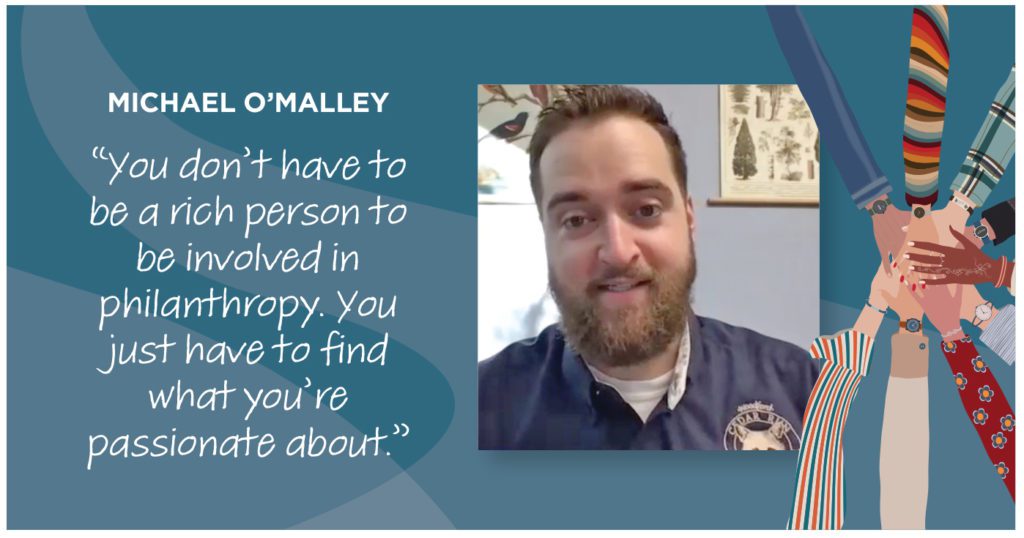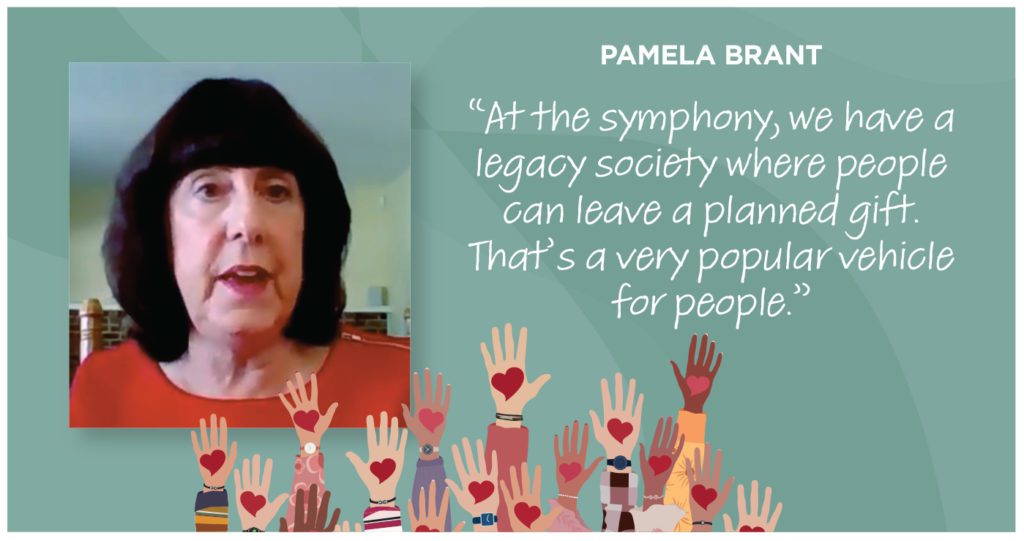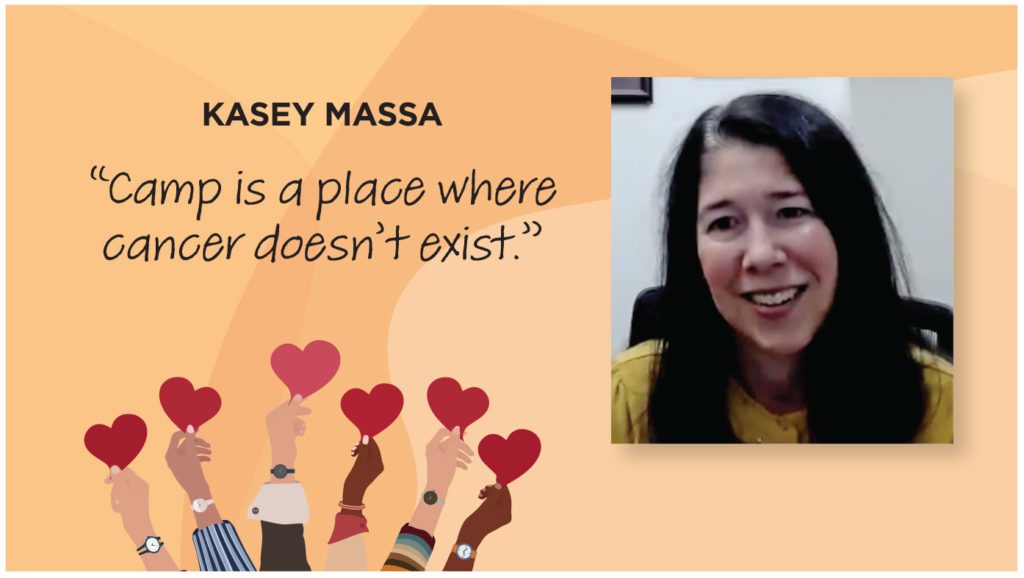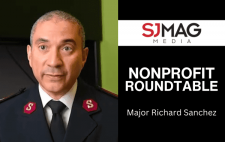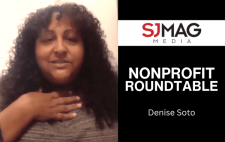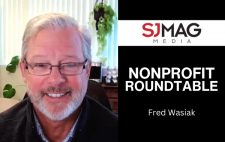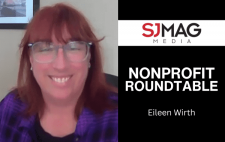Presented by
Brought to you by the Association of Fundraising Professionals New Jersey, Southern Chapter
The past 2 years have been pretty challenging for South Jersey’s nonprofit organizations. Yet none of them slowed down. In fact, most increased services during a time of great uncertainty and economic decline. But they saw the need. They saw where help was required, so they continued to work. Their dedication made a difference in many people’s lives, and it continues to do so. We talked with some nonprofit leaders about the incredible work they do for the entire South Jersey community.
Participants:
Moderator Marianne Aleardi, Publisher, SJ Magazine
Pamela Brant, President, Symphony in C
Andrea Hering, President/CEO, Crisis Response Canines
Lori Leonard, CEO, Habitat for Humanity of South Central New Jersey
Phillip Heath, President/CEO, Samaritan
Richard Stagliano, President/CEO, Center for Family Services
Rachael Glashan Rupisan, Executive Director, Alice Paul Institute
Cecilia Zalkind, President/CEO, Advocates for Children of New Jersey
Kimberly Bryson, COO, Girl Scouts of Central & Southern NJ
Kasey Massa, President/Executive Director, Camp No Worries
Marla Meyers, Executive Director, The Legacy Foundation
Michael O’Malley, Executive Director, Cedar Run Wildlife Refuge
Tess Tebaldi, Senior Director of Development, Bancroft
Derry Holland, President/CEO, OAKS Integrated Care
How they operated during the pandemic…
The pandemic was pretty crushing for us, because we were in the process of building homes for families who were living in an overcrowded situation. We would have 4 people in 1 bedroom trying to operate their household and school during a pandemic, so we were frantically trying to get their homes done. It was definitely a challenge, but we figured out a way to build houses.
Lori Leonard
It wasn’t easy, but we provided essential home visits from our nurses, spiritual care counselors and home health aides. We also pivoted and provided telehealth services for patients and families who didn’t need immediate care. And we made sure we took care of our people, because it was a difficult time for everyone. We supported them through periods of anxiety or stress, offering different services – music therapy, meditation, virtual counseling. That was very important.
Phillip Heath
How do you deliver 1 week of in-person camp to a medically fragile population in the middle of a pandemic? We quickly shifted gears and conducted camp via Zoom. We were also able to provide technology to families who didn’t have it.
Kasey Massa
At Cedar Run, our wildlife hospital takes in over 6,300 injured and orphaned wild animals every year. These aren’t owners bringing in animals and paying a bill. We raise funds through events, visitor admissions and educational programming. So it was a challenge for us to have no funding coming in from those traditional sources. We had to fill in the gaps with virtual fundraising and virtual education programs, which are obviously much different when you’re not in nature. Bringing nature to someone through a computer screen is much different. It was definitely tough.
Michael O’Malley
We saw an incredible increase in demand from first responders and healthcare workers. We know that 30-40% of them suffer with mental health conditions, and Covid exacerbated that. So in the darkest days of Covid, we were able to provide canines to these providers, because we know those canines give moments of comfort and help build resilience.
Andrea Hering
Who they help
We are a policy research organization, which means we advocate for better laws, policies and funding for children and families. One area we’ve been deeply involved in is New Jersey’s preschool program. New Jersey is unique, because we provide high-quality preschool to 3- and 4-year-old children – the governor has made a commitment to that. When September comes around and I think about those children starting school, many of whom would not otherwise have the opportunity for an early childhood education, it’s just wonderful.
Cecilia Zalkind
Cedar Run serves both people and animals. One challenge in wildlife rehabilitation is we don’t know the backstory of an animal – we don’t know how old these animals are or what they’ve been through. We recently had a red-tailed hawk that had been hit by a car and had a band from federal researchers on its leg. When we looked up the band information, we found out this bird was 20 years old. We felt very fortunate that this bird, who had survived 20 years, was able to make a full recovery at Cedar Run and get released into the wild.
Michael O’Malley
People are familiar with the fact that we’re an orchestra and we perform concerts, but most people don’t know we are one of 3 professional training orchestras in the United States. We also have a camp and many educational programs. That pleasantly surprises people.
Pamela Brant
We provide a variety of services for a variety of people. When people hear the story of a survivor of sexual assault or domestic violence, or someone who’s recovered from a mental health disorder or an addiction, or a child who comes from a family where there’s been abuse and neglect, they’re moved. And they should be, because the resiliency is somewhat remarkable. The traumas people are able to overcome – it’s truly remarkable.
Richard Stagliano
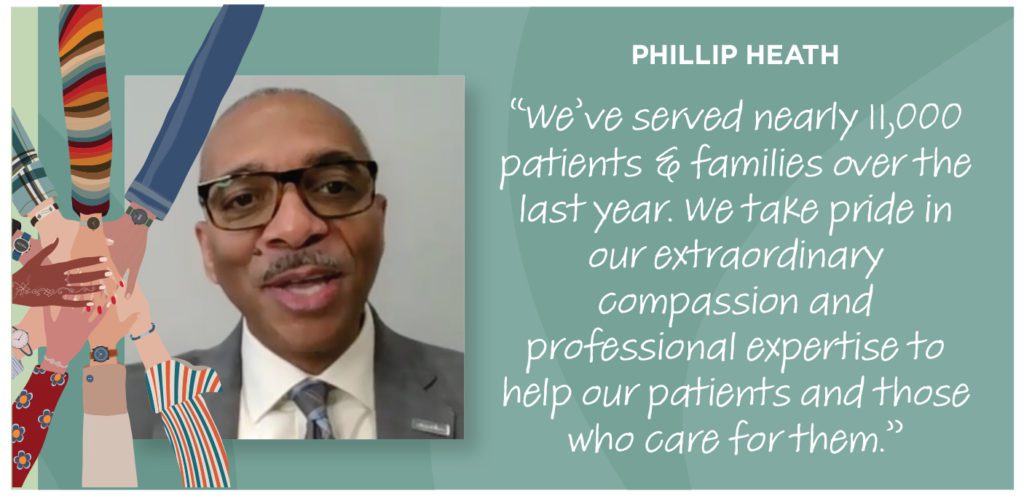
A moment that stands out
We were called in 2 days following the Uvalde shooting. Everybody in that community knew a child who was killed at the school. We had a response team with 6 canines. That community welcomed us and really benefited from having the canines, so much so they now have leaders who are training in animal-assisted crisis response.
Andrea Hering
We had a student at the Bancroft School who was fairly new to the school and was experiencing a lot of challenging behaviors. Our Assistive Technology Team realized a lot of the behaviors were a result of his frustrations from not being able to communicate. They paired him with an assistive technology device, and the transformation was almost immediate. He had a voice. He was able to communicate what he wanted to do, what his interests were. And using his communication device, he said I love you to his mom for the first time. There really isn’t anything more inspiring.
Tess Tebaldi
Because we don’t provide direct services, it’s very difficult to see a direct impact. But sometimes a person comes up to me and says, “You don’t know me but a law you worked on meant something to my family.” I had a foster parent tell me, “I was able to adopt a child in my home because of the work your organization has done to support permanency for children in foster care.” I have to tell you, that was a thrill.
Cecilia Zalkind
We brought to camp a little girl who was not expected to survive her disease, so her physicians cleared her to come to camp. When this little girl passed, we were able to give her dad a disk of photos that showed her just being a kid, not being a child treated for cancer. Those pictures meant the world to her father.
Kasey Massa
We had a student a few years ago who was a blind trumpet player, and our teaching staff felt they could create a good experience for him. He was playing a little pocket trumpet because his family couldn’t afford a full-sized trumpet. Then someone donated a trumpet to camp, and one day I was sitting in the office and one of the staff comes running in and they’re like, “Where’s that trumpet? Where’s that trumpet?” They gave it to this boy, and the donor of the trumpet and all the other donors for the summer camp got to see him play it at the end of camp. It was one of those heartwarming, rewarding experiences.
Pamela Brant
 Why people donate to their organization
Why people donate to their organization
I truly believe what makes people donate to Oaks is we help just about everyone you can imagine. Almost everyone knows someone who is living with an addiction or a developmental disability or is in need of mental health services. There are simple things we might take for granted that we can provide like food or holiday gifts. And then of course, we have big things like housing and day treatment services that can change someone’s life entirely. So there’s something that resonates with just about everyone and connects them with our mission. We’re grateful for all who give to Oaks.
Derry Holland
Alice Paul is such an iconic figure in history. We think so, and I think the people of South Jersey feel so as well. One of the reasons people donate to us is to further her legacy of gender equality for all people. That’s what really drives them to our organization.
Rachael Glashan Rupisan
People are generous when they believe people are worthy of support and help. Many families have experienced the issues we focus on – recovery, abused and neglected children, sexual assault, domestic violence. People now understand it’s not the person’s fault, often because these are challenges they once faced themselves, so they want to support those people who are now facing the same thing.
Richard Stagliano
We teach leadership skills to girls. There aren’t many people who don’t want to see their daughter, or a girl they love, be able to succeed and have fun at the same time. When someone sees the change in a girl from a young girl scout to an older one, that has an impact, and that moves people to donate.
Kimberly Bryson
The many ways to help
There are ways to give that aren’t talked about enough in the nonprofit sector. Things like stocks and securities, qualified charitable distributions, which are a form of required minimum distributions, where there are major impactful tax benefits for the donor. It’s worthwhile to investigate ways you can support a cause you’re passionate about and receive quite a few benefits beyond feeling really good about how you’re helping.
Michael O’Malley
A great way to get involved with the Alice Paul organization is to give some of your time. We’re always looking for mentors for our leadership development programs for girls. We also have Paulsdale, 6 1/2 acres here in Mt. Laurel, and we need volunteers to help us with some site work.
Rachael Glashan Rupisan
Future giving and estate planning are such an important part of philanthropy, but they often go by the wayside because we’re always trying to secure funds for operations and projects that are happening now. It’s a really important conversation to have, though, because that allows us to plant the seeds for a strong future with endowments that feed the organization, so there are less stressors on the day-to-day fundraising.
Marla Meyers
We will take your scraps of wood or windows. If you have a plot of land you don’t want to pay taxes on, we will take your land. We’ve had people donate cars. We even had somebody donate a house to us. The incredible giving that happens in our area is overwhelming. But giant gifts like that make a huge impact for us.
Lori Leonard
Fundraising in today’s economy
You’re trying to connect a donor’s passion to something you’re passionate about. So when we have that inner passion, that comes out, and people want to get involved. That’s what makes us successful, even when it is difficult.
Marla Meyers
We’ve been very intentional in nurturing relationships with our donors. We want to make sure they feel included, so they know we’re listening and we understand the areas they’re passionate about. We devote a lot of time to that.
Pamela Brant
Over the last 2 years, we connected to community entities more – local businesses, corporations, community organizations – where our work is aligned. They see the value of our advocacy to what they may need for their employees. For example, childcare has been a huge issue for us during the pandemic, and it has brought us into conversations with the business community that we’ve not had before, because they understand their staff needs childcare to be able to work. Making those connections has been exciting. It has opened new doors for us.
Cecilia Zalkind
About 15 years ago, fundraising was focused on foundation and government support – those entities were fully funding a lot of nonprofit organizations. That started to shift 7-10 years ago to an emphasis on individual donors. But now I’m seeing a shift back that has really come through over the past few years, especially during the pandemic. I don’t anticipate getting a clear sense of what that’s going to look like for at least another few years.
Rachael Glashan Rupisan
Biggest Challenge
One challenge that is really important is reaching girls who don’t typically have access to Girl Scouts. Many communities have Girl Scouts embedded somewhere, but there are many communities that don’t. We want to provide leadership opportunities to every girl out there and connect them with the right people so they can become independent women in the future. To be able to reach those girls takes financial assistance.
Kimberly Bryson
Our biggest challenge, unfortunately, is the growing demand for services. We are being asked to grow regionally, nationally and internationally. So we are looking for funding sources to continue to fulfill the mission.
Andrea Hering
Our biggest challenge is volunteers. People’s jobs have changed. People have changed – their interests, their priorities – due to the pandemic. We are really struggling to find volunteers. They’re the backbone of our nonprofit.
Kasey Massa
We’re incredibly grateful that our Bancroft families are our greatest supporters. We have donors who have been with us for 70+ years. But we’re always looking to diversify our pool of donors, to find new corporate partners who might have an interest in our programs and services.
Tess Tebaldi
One thing that will challenge us, but is also an opportunity, is to expand our Center for Education, Research and Innovation. In honor of our retiring CEO, we’re naming it the Mary Ann Boccolini Center for Education, Research and Innovation. We will be that leading organization that provides innovative ideas and new research on a regular basis. It will be peer-reviewed research, not just internal research, that will benefit this community, as well as the patients and families we serve.
Phillip Heath
The workforce crisis is one that has impacted Oaks. To work in this field, you need to be compassionate, have a lot of patience, and sometimes wait a long time to see the fruits of your labor. So in a tight market, this makes recruitment more challenging. But when you find that person who, despite the difficult work we ask them to do, is compelled to be in the helping profession, it’s all the sweeter.
Derry Holland
What they wish the community knew about their work
People are starting to understand that there’s vulnerability in every human being, and it’s not their fault if they face a behavioral health challenge or a substance use disorder. We need to rally around those people as a community. We need to support families caring for vulnerable members. Once community support grows, people will say, “Let’s do more about this issue.”
Richard Stagliano
People often think hospice care is something you deal with at the very end. But I always look at it as similar to how we look at birth – we prepare for the birth of a child. If someone knows they’re near the end of their time, we want to help prepare them for that journey. We can partner with their faith communities, or maybe it’s just helping them come to terms with this loss. Maybe they want to reconcile with some people. Or sometimes it’s just having someone to hold their hand. We have a wonderful interdisciplinary team that does that.
Phillip Heath
The biggest misconception about Habitat for Humanity is that we give houses away to poor people. We don’t give houses away. People have to qualify for our program. They purchase the home and pay an affordable mortgage. They’re hard working people.
Lori Leonard
I wish the community knew the breadth of services Bancroft offers. We provide a lifetime continuum of care. We have a preschool and early education program with students as young as 3. We have residences for seniors, where I believe our oldest resident is over 90. Bancroft NeuroRehab provides occupational, speech and physical therapy for individuals who suffered a traumatic brain injury. That’s not something people necessarily think of when they hear the word Bancroft.
Tess Tebaldi
There’s a big misconception that Girl Scouts sell cookies to fundraise to support all the work we do. Honestly, that is not enough. There’s a lot of support behind each individual girl – volunteers, staff, curriculums, badges, journeys. There’s a lot of work and a lot of important pieces to pull together to make the wonderful programs we have.
Kimberly Bryson
I want people to know we are an organization that believes in recovery. We believe people can heal from trauma, and they can thrive. Behavioral health is really about the village helping each other lead healthy lives. The journey is not always easy or pretty, but it is a journey, and one that we are committed to taking with those we serve.
Derry Holland
Because a lot of social service agencies fly under the radar, it isn’t our nature to be self-congratulating. We do this work out of compassion and a sense of responsibility. Behind the scenes, there are close to 1,000 staff members working tirelessly and selflessly to take care of the clients we serve at Legacy Treatment Services. They are the heroes on the ground taking care of everyone.
Marla Meyers



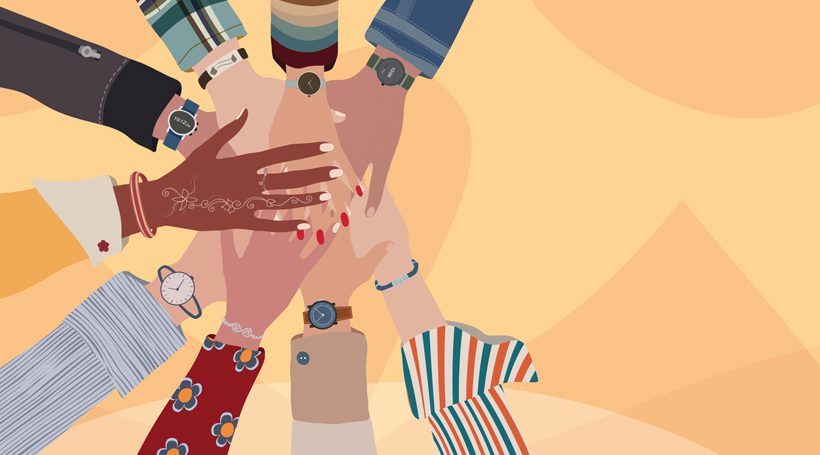
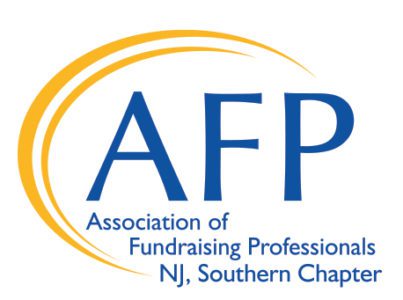
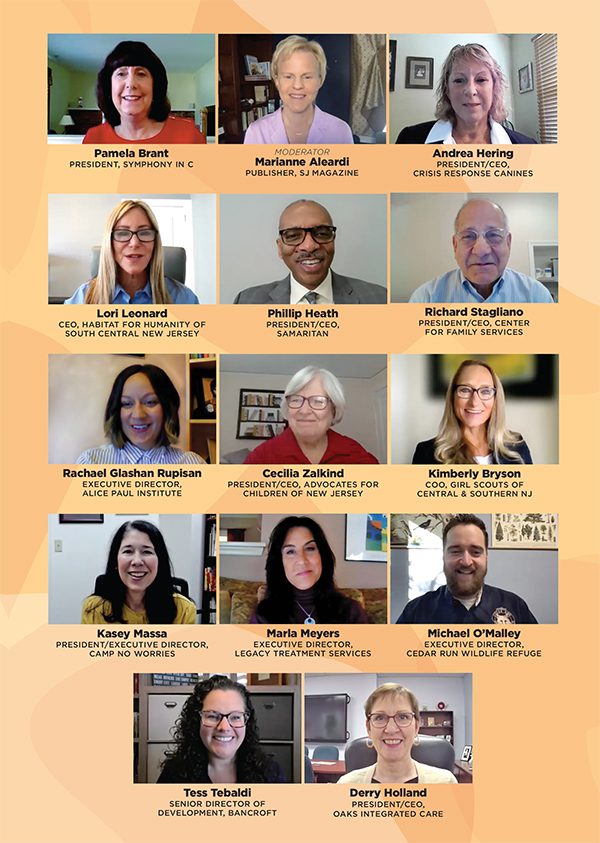
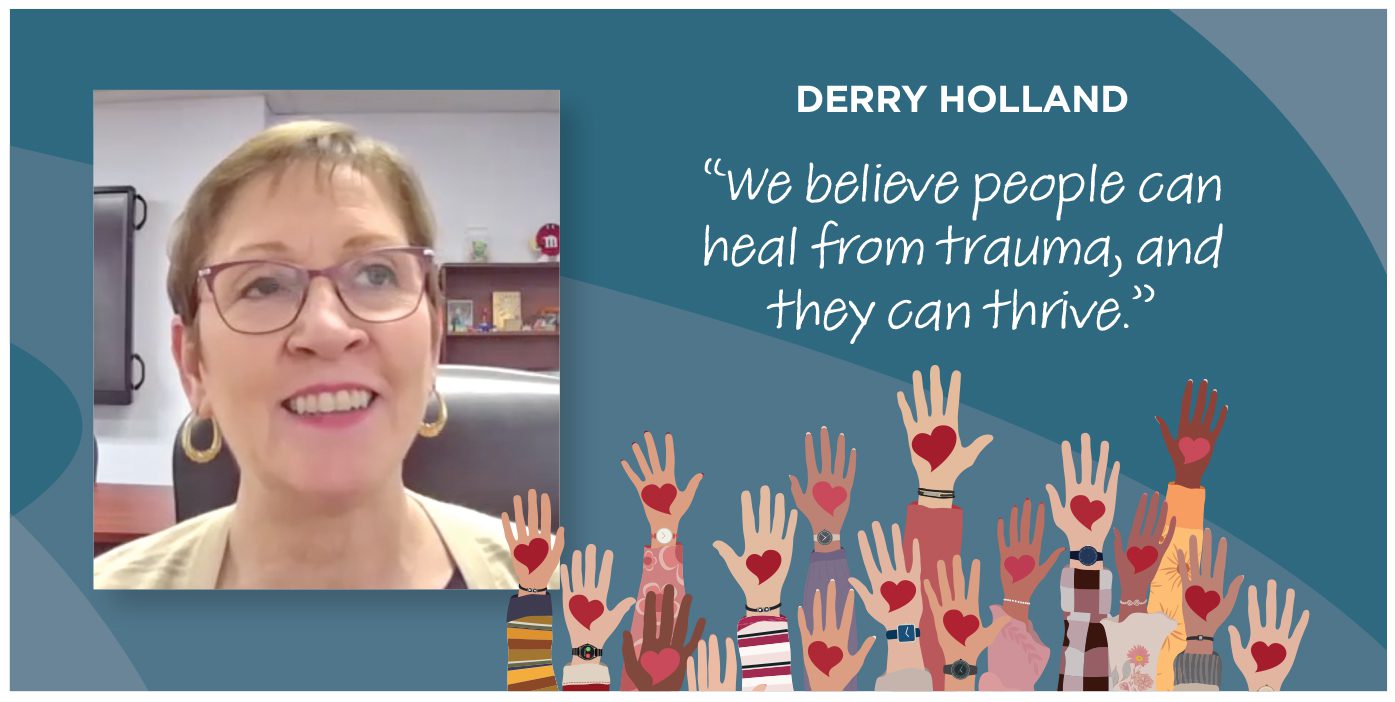
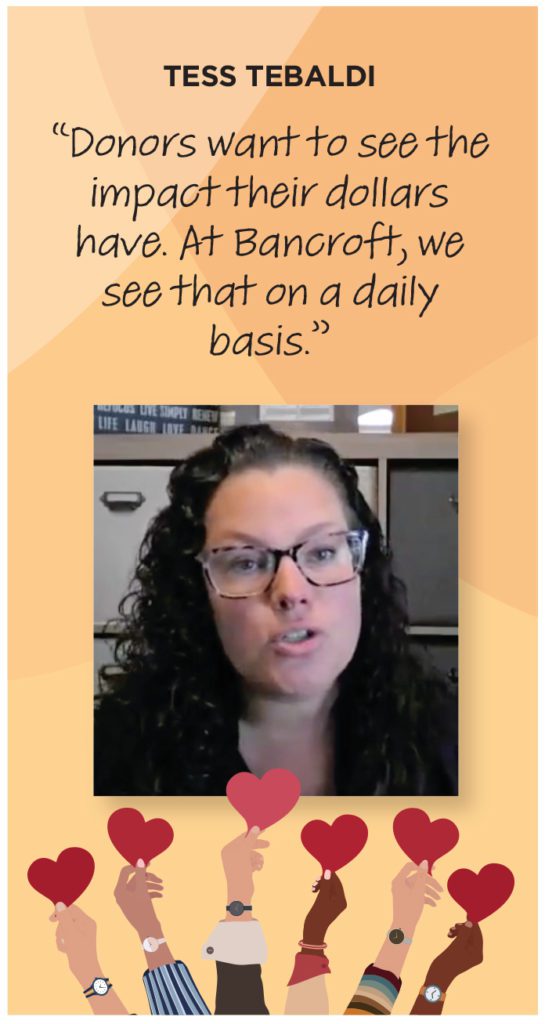 Why people donate to their organization
Why people donate to their organization